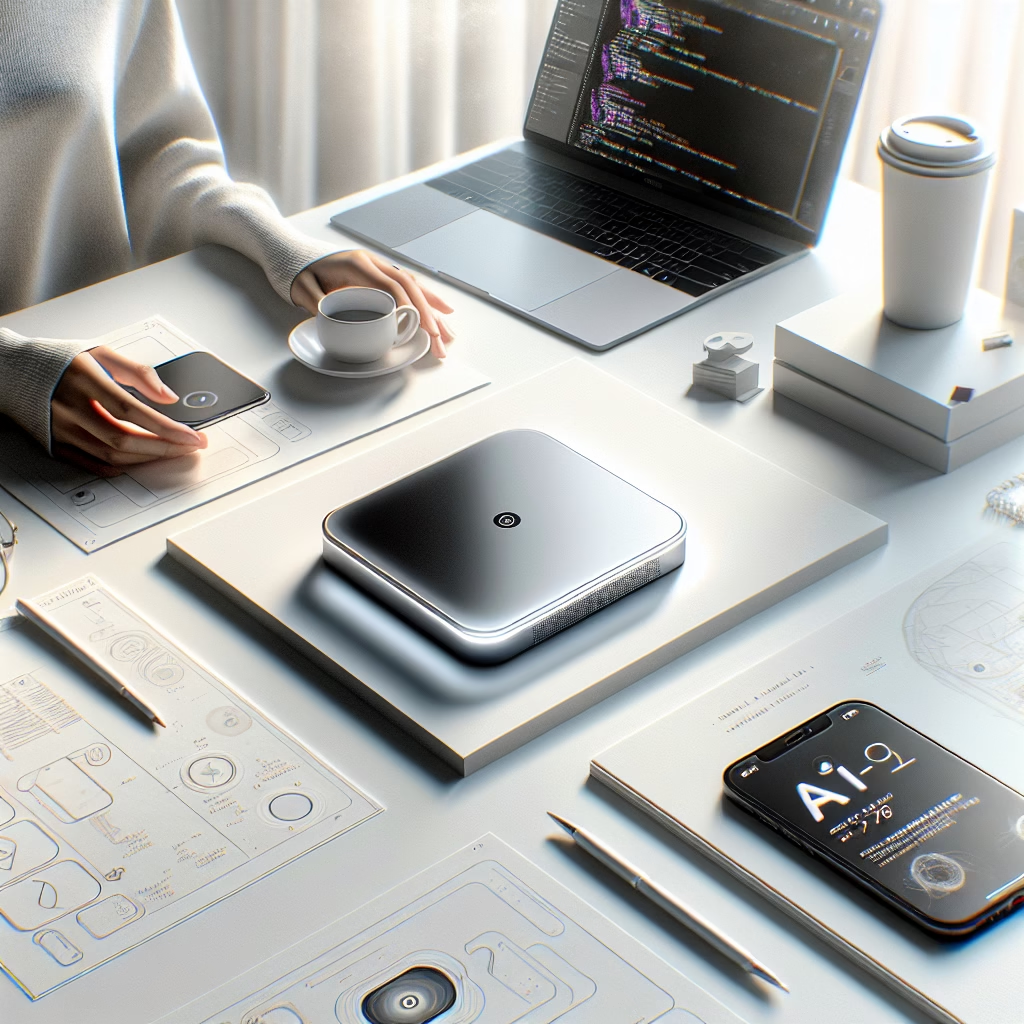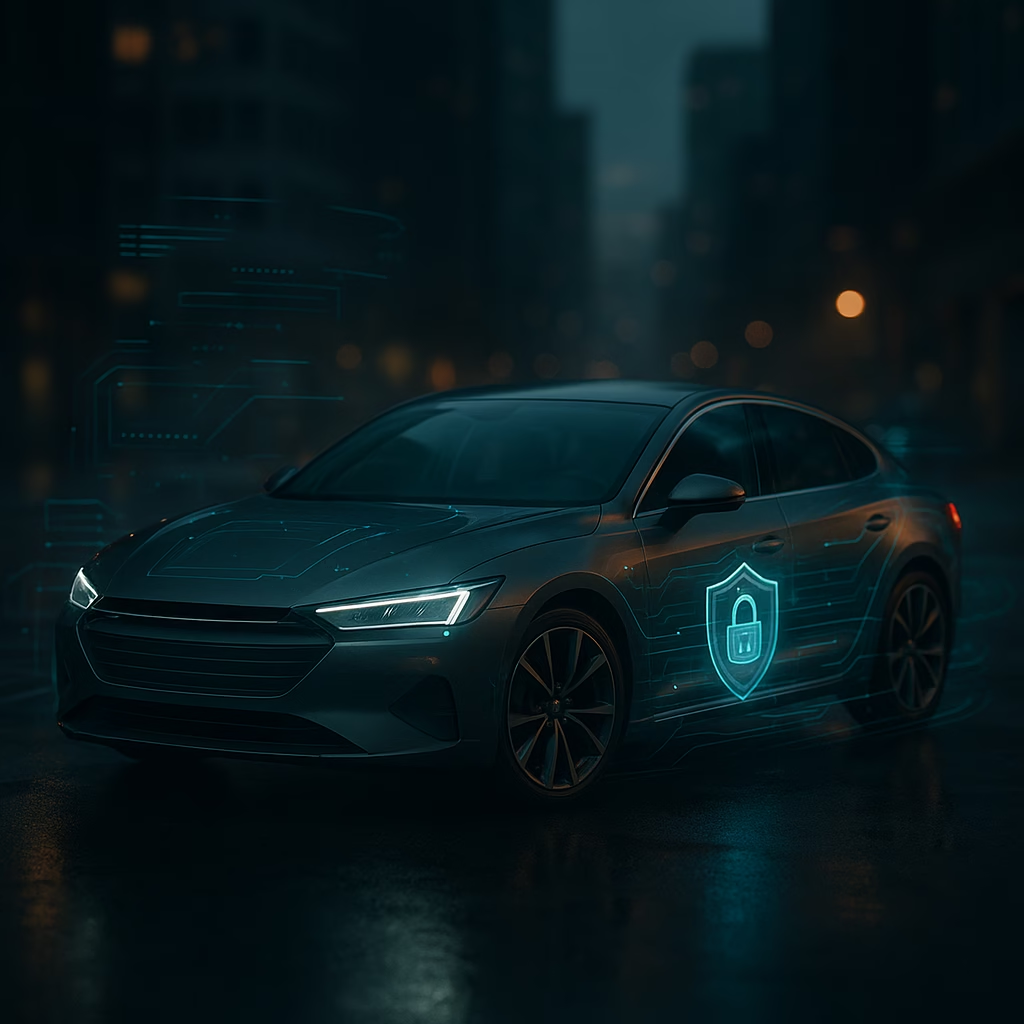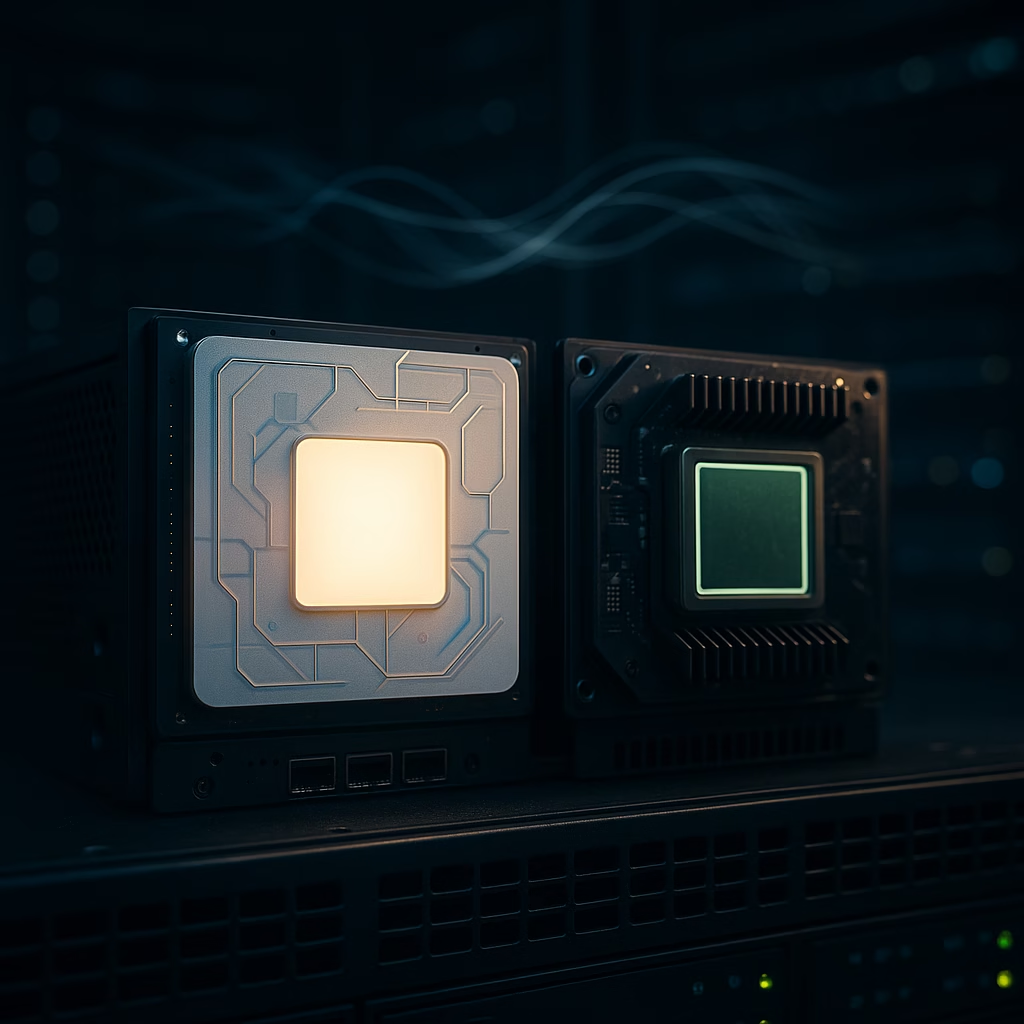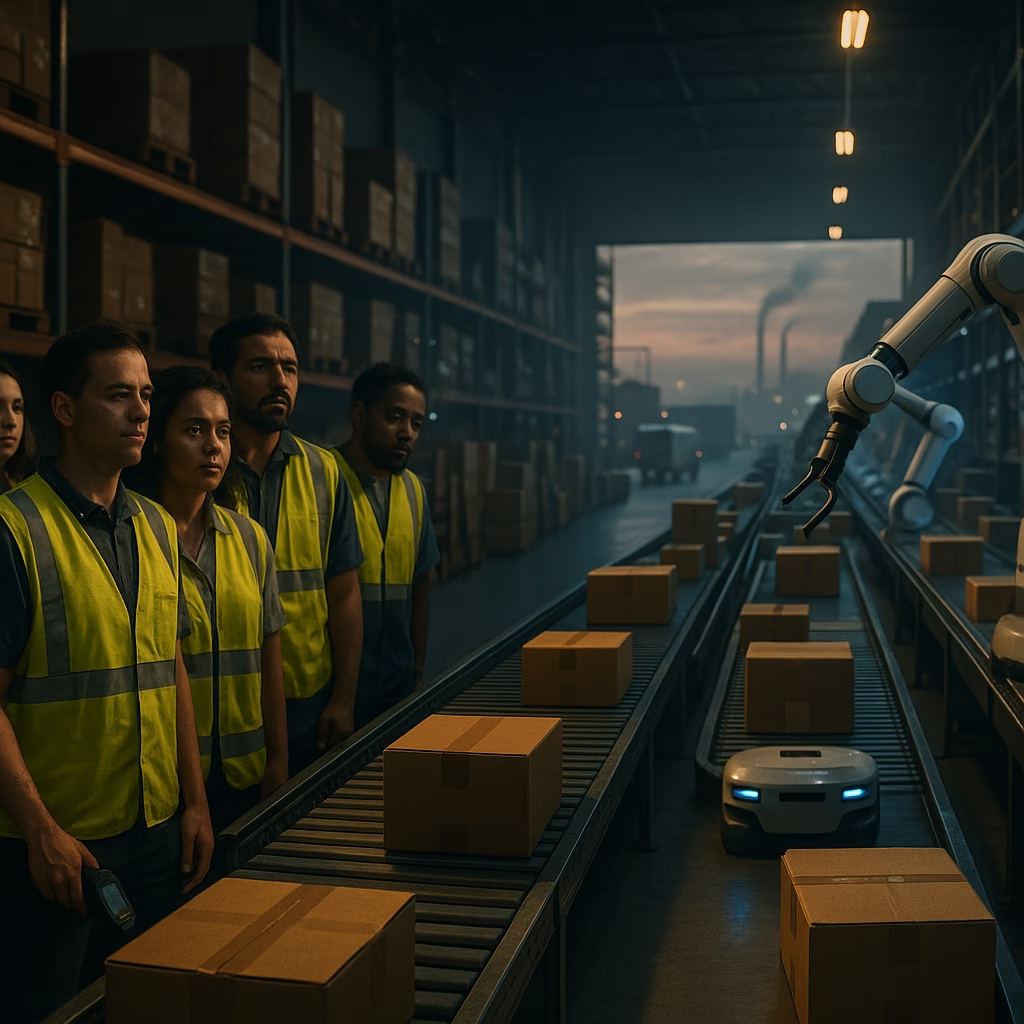iPhone Design Guru and OpenAI Chief Promise AI Device Revolution
The Fusion of Iconic Industrial Design and Advanced Artificial Intelligence
The tech world is buzzing with anticipation as legendary Apple designer Jony Ive and OpenAI CEO Sam Altman team up to develop an AI-powered consumer device that promises to shake up the world of technology. Known respectively for their mastery of hardware aesthetics and artificial intelligence, Ive and Altman’s partnership may be the beginning of a new era in digital communication and AI integration.
The announcement, confirmed through reports and statements, signals a potential paradigm shift in how humans interact with technology. Instead of just upgrading current devices, this collaboration aims to create a completely new type of gadget—one that integrates AI at the core of its functionality.
Who’s Involved? A Powerhouse Collaboration
This venture unites some of the most influential minds in both hardware and software:
- Jony Ive: Known for designing iconic Apple products including the iPhone, iPod, and MacBook. He now runs his own design studio, LoveFrom.
- Sam Altman: CEO of OpenAI, the company responsible for ChatGPT. Altman has been leading efforts to create more powerful and ethical AI systems.
- LoveFrom: Ive’s design agency, which includes a team of veteran Apple designers.
- OpenAI engineers: Cutting-edge researchers and developers working on the next phase of artificial general intelligence.
Together, their goal is not simply to make AI-powered versions of existing devices but to conceptualize a category-defining product driven by AI’s transformative potential.
A Mutual Vision for the Future
Sources close to the project suggest that both Ive and Altman envision a future where technology becomes more intuitive, less obtrusive, and hyper-personalized. Rather than another smartphone or screen-based gadget, the goal is to develop a device that redefines user interaction with computing power.
What We Know So Far About the AI Device
While specific product details are still under wraps, plenty of industry speculation points to a device that:
- Fuses elegant physical design with immersive AI functionality
- Moves away from traditional screens and toward ambient, voice-first or multimodal interfaces
- Acts as a personal AI assistant, capable of reasoning, scheduling, messaging, and more
- Interacts across a wide range of connected devices via voice, gestures, or possibly neural computing
In essence, it aims to be a “Post-iPhone” product—something that doesn’t just match what current smartphones can do but creates a new standard altogether.
The Strategic Significance for OpenAI
This project also marks a crucial evolution for OpenAI. Having achieved global recognition and wide-scale consumer adoption through products like ChatGPT, OpenAI now faces the challenge of embedding its models into the physical world.
A dedicated consumer device gives OpenAI the opportunity to:
- Control the end-user hardware experience
- Engage consumers beyond chatbot platforms
- Enable more seamless and secure data interaction
- Deploy AI agents that integrate deeply into daily routines
Altman’s leadership and the company’s rapid technological progress put OpenAI in a strong position to dive fully into hardware—especially with Ive’s design leadership guiding the project.
Funding and Business Implications
Financially, the project has a solid runway. Reports suggest that SoftBank’s CEO Masayoshi Son has expressed interest in backing the initiative. Meanwhile, Altman has been in touch with strategic partners and investors to better understand product positioning and manufacturing scale.
This isn’t a startup project bootstrapped out of a garage—it’s being treated as a serious initiative with billion-dollar potential.
Competing in a Crowded AI Hardware Market
Despite all the excitement, the project won’t go uncontested. Several companies are already forming plans or launching products focused on AI-integrated hardware. Notable examples include:
- Humane’s AI Pin: A voice-and-touch wearable offering ambient computing features
- Rabbit R1: A pocket-sized, voice-controlled AI assistant
- Meta’s Ray-Ban smart glasses: Augmented reality wearables with built-in AI support
However, none of these entrants combine the industrial design heritage of Jony Ive with the computation and data intelligence of OpenAI. This rare fusion of form and function may give the Altman-Ive device the edge.
User Privacy and Ethics
With great power comes great responsibility—and both OpenAI and LoveFrom understand the gravity of consumer privacy when introducing a new always-on AI device. Expect privacy-by-design and robust transparency features to be central to product development.
OpenAI has already faced public scrutiny over data use and bias in its models, so it will likely embed clear ethical frameworks and user controls directly into the product. Unlike past tech rollouts, where security came after the fact, this initiative is designed to incorporate it from the beginning.
What the AI Device Revolution Could Mean for You
A device built from the ground up around AI has implications far beyond novelty. It has the potential to:
- Streamline everyday tasks with intelligent automation
- Offer more organic human–computer interaction
- Bridge physical and digital experiences seamlessly
- Serve as the foundation for our future AI-enhanced lives
Imagine no longer needing to pull out your smartphone, but simply speaking a request or getting contextual recommendations from a discreet and beautifully crafted device. This could finally be the step away from screen-first interactions toward an ambient computing reality
.
Conclusion: The Next Chapter in Human-Tech Interaction
The collaboration between Jony Ive and Sam Altman is more than a headline—it’s a potential inflection point in the evolution of intelligent consumer electronics. While questions remain about the final form, function, and timeline, this AI-powered device initiative is already gaining attention as a future-defining move.
As design purists and AI futurists come together under one mission, expect to see a device that not only changes how we use technology—but reshapes how technology fits into our lives entirely.
Stay tuned for more updates as this exciting partnership unveils its vision. The AI device revolution is just getting started—and it might be unlike anything we’ve seen before.
< lang="en">







Leave a Reply